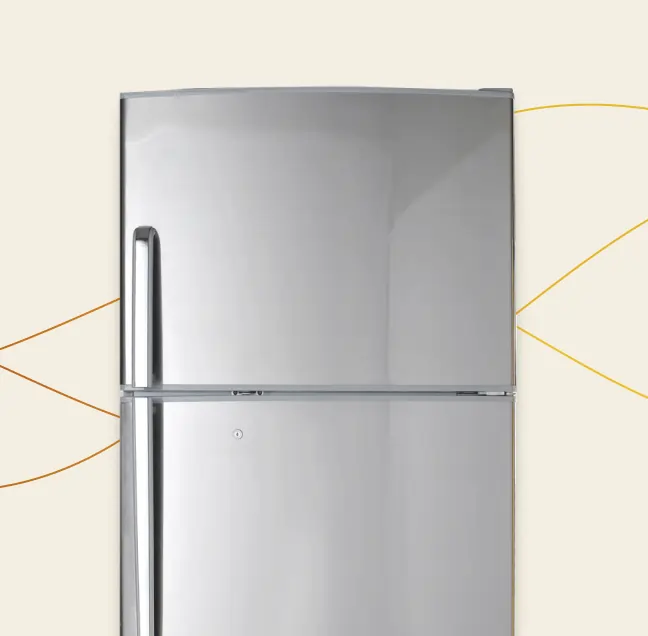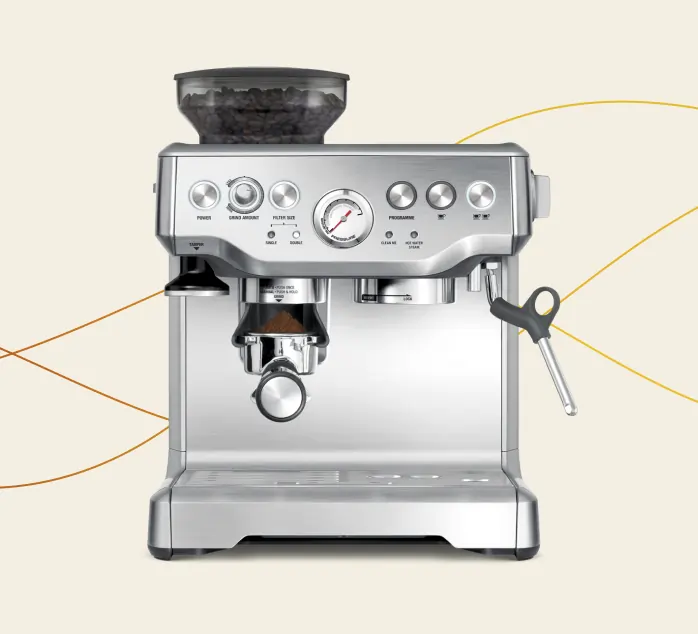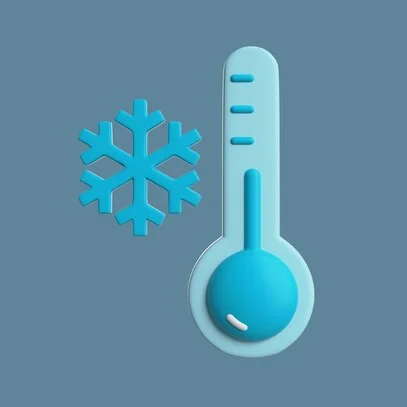Owning a commercial oven may come with its challenges! In this guide, we'll walk you through basic DIY diagnostics you can do for your commercial oven, empowering you to troubleshoot and maintain your equipment with confidence. Be sure, this guide on mastering commercial oven diagnostics will help you better understand your cooking equipment health.
If you need a reliable contractor for commercial oven repair in London, check out our list of service providers.
Basic DIY diagnostics steps
Safety First: Power Off
Safety is paramount. Before delving into diagnostics, ensure the safety of your workspace. Power off the oven and only then conduct any inspection of the wiring.
Checking the Heating Elements
One of the most common issues is a malfunctioning heating element. Run a visual inspection for any signs of damage or disconnection. Turn on the oven and observe if the element glows uniformly. Inconsistencies may indicate a problem that requires further attention.
Calibrating the Thermostat
An accurate thermostat is crucial for precise cooking. Invest time in calibrating it to ensure it matches the set temperature. Use an oven thermometer for comparison. If disparities exist, follow the manufacturer's guidelines to recalibrate the thermostat.
Assessing the Control Panel
The control panel is the command centre of your oven. Check for responsive buttons and ensure the display is functioning correctly. Any anomalies may point to electrical issues or control panel malfunctions.
Inspecting Door Seals
Properly sealed doors are essential for maintaining temperature consistency. Inspect the door seals for any visible wear or tear. A snug fit ensures energy efficiency and optimal cooking results.
Exterior and vent inspection
As a general state diagnostics, inspect the oven exterior for crumbs, residue, and grease buildup. Pay special attention to the vents and exhaust systems. A clean oven not only performs better but also extends its lifespan.
Practical Tips for DIY Diagnostics
Consult the Manufacturer's Manual
The manual is a treasure trove of information. Refer to it for specific troubleshooting steps, maintenance schedules, and technical specifications. It's your go-to guide for keeping your oven in top shape.
Invest in a Multimeter
For a more in-depth analysis, consider investing in a multimeter. This versatile tool allows you to measure electrical voltage, resistance, and continuity. It's invaluable for identifying electrical issues within your commercial oven.
Document Your Findings
Keep a log of your diagnostic process. Note any unusual sounds, smells, or visual observations. This documentation can be helpful when consulting with a professional technician or referencing future diagnostics.
Conclusion
Mastering basic DIY diagnostics for your commercial oven empowers you to overcome common challenges and extend the life of your equipment. Regular maintenance and attentive troubleshooting, combined with practical tips, will keep your oven in peak condition.


